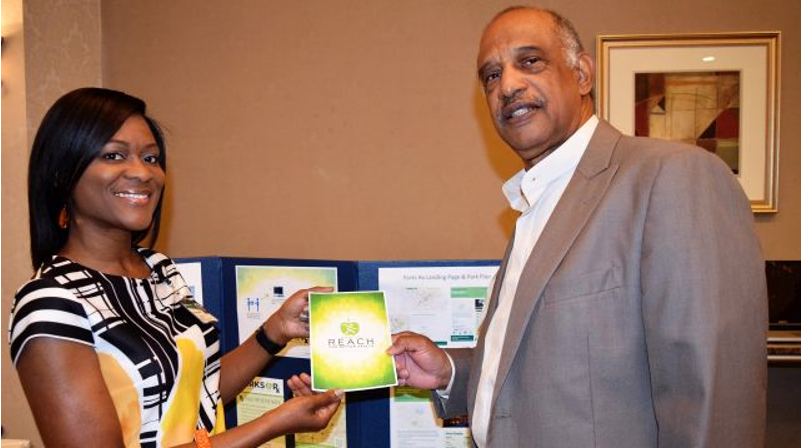By Donna Cope
Alabama NewsCenter
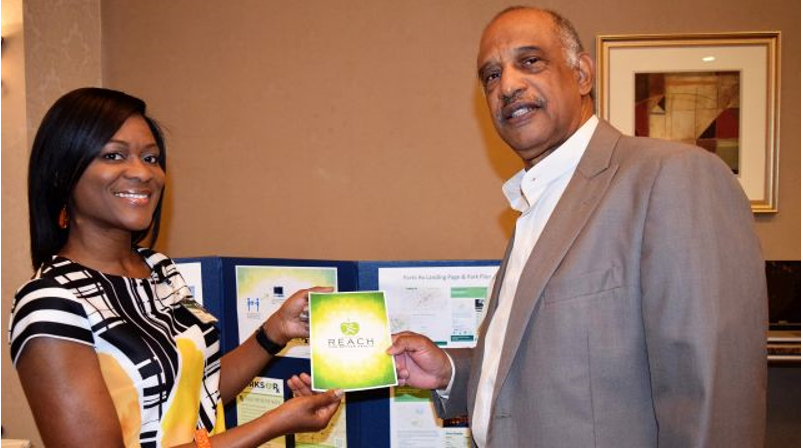
Nearly 210 doctors, scientists, academic investigators, students and community partners met at University of Alabama at Birmingham’s Health Disparities Research Symposium last week to discuss factors in providing better health. They took an in-depth look at the role of social determinants, while discussing the complex factors that affect the health of communities and how to improve the nation’s health.
Eliminating health disparities makes the entire population healthier, said Dr. Mona Fouad, director of UAB’s Minority Health and Health Disparities Research Center (MHRC). Serving as a coordinating facility, the MHRC brings together different academic disciplines while developing partnerships with communities to address health disparities together.
“We want to bring people together to address health disparity issues, and unfortunately, it’s very complex,” Fouad said. “There’s not one discipline in medicine for behavioral and psychology that can help that.”
The symposium began 12 years ago to bring in scientists and community members to share their knowledge, interventions and models, and learn from each other to address health problems.
“Here in Alabama, we know that there’s a big difference in infant mortality, diabetes, high blood pressure, heart disease and cancer – that more African-Americans have these diseases, or die from these diseases earlier than much of the population,” said Fouad, senior associate dean for Diversity and Inclusion, UAB School of Medicine.
“It’s not only due to not taking their medicine or not exercising health care, or maybe family history, this only accounts for a small percentage of it. But there’s a lot of other issues that address that.”
Behavior and lifestyle, social and economic determinants – where people live, go to school and work, education level, health insurance, community access to healthy eating and green spaces for walking and exercise – all play a part.
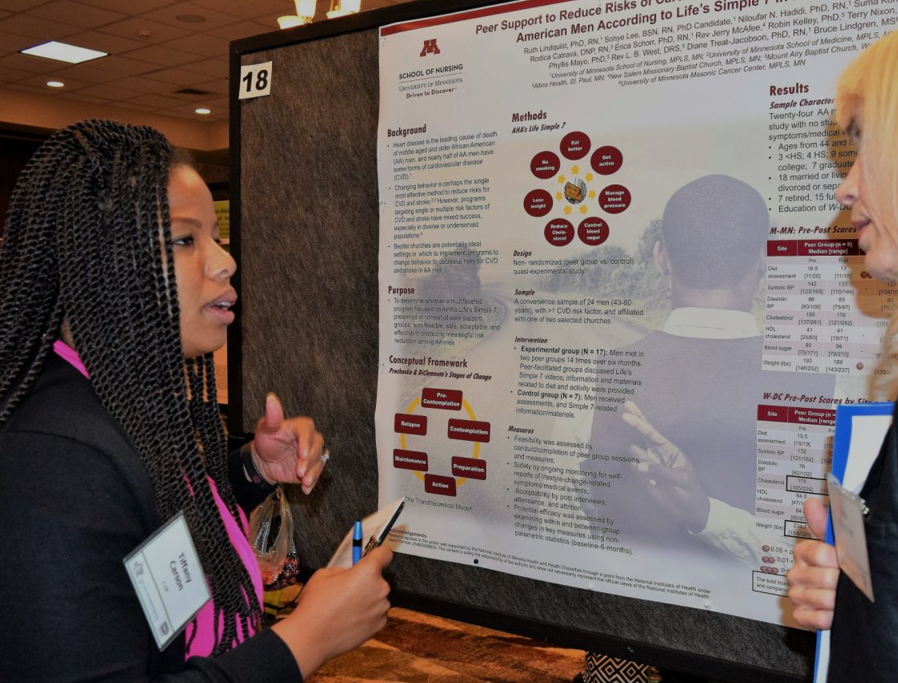
Food Deserts
Fouad said there are now “food desert communities.” Grocery stores close because residents lack purchasing power and transportation to buy fresh fruit and vegetables. Residents may have access to only one store, and that store may stock alcoholic drinks and very little canned food. Some areas’ health clinics close.
Such was the case in the Kingston community, Fouad said.
“The school closed, the clinic closed, the grocery stores closed,” she said. “We work with partners like the city of Birmingham and the YMCA to bring fruits and vegetables to the corner stores. We work with the Head Start Center there to bring in programs for young mothers and their children for healthy eating and exercise. It requires a lot of groups of people to work together to address this issue.”
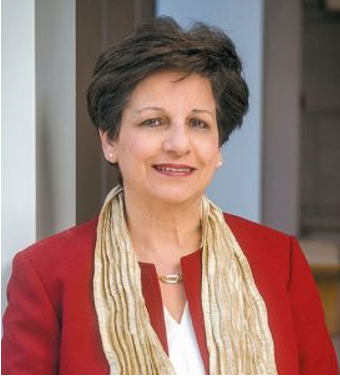
‘Stop Smoking’
Dr. Regina Benjamin, 18th U.S. Surgeon General and head of the Gulf States Health Policy Center, has many concerns about the health of Alabamians. She noted that Alabama, Mississippi, Louisiana and Puerto Rico are the only states to receive an “F” for premature births in the U.S. Surgeon General report.
“If I were to pick one thing that could improve the health of Alabama, it would be to stop smoking,” said Benjamin, founder and CEO of Bayou Clinic in Bayou La Batre, and a Spanish Fort resident. “About 1,200 people in this country die every day from smoking, and each of those deaths is being replaced by two young smokers. We call them ‘replacement smokers.’ Ninety percent of all smokers start before the age of 18, and 99 percent start before the age of 27.
“I have the Surgeon General Report to prove it: We have one of the highest smoking rates. This is not very popular, but one of the things that makes a big difference, the research shows, is the tobacco tax, particularly on young people. Young people are sensitive to price, so raising the tobacco tax has shown to decrease the rates of smoking with young people.”
Dr. Catarina Kiefe, chair and professor at the University of Massachusetts Medical School, said there is a “striking need for equity of health care” throughout the nation. There is a recognized pathway from poverty to Type 2 diabetes.
“Socioeconomic deprivation is linked to relative risk,” Kiefe said. “We know that poverty, race and ethnicity are strongly associated with Type 2 diabetes. There’s strong observational evidence that links Type 2 diabetes to minority, racial and ethnic status.”
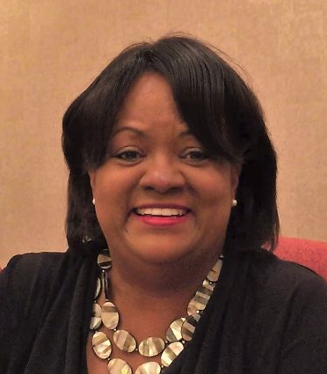
Parks Rx Project
There is positive change occurring, with the April 2016 creation of an exercise program. The Parks Rx project was spurred by UAB researchers’ conversations with community partners such as the Jefferson County Department of Health and the Birmingham Park and Recreation Board. The program is funded through the Centers for Disease Control and Prevention‘s REACH Initiative.
“We came together to think about innovative ways to combat obesity by connecting points to the beautiful parks in our city and surrounding areas,” said Theresa Wallace, UAB program director – Parks Rx. “Wouldn’t it be great to go to your doctor’s office and walk away with a prescription to exercise in a local park?”
General health care providers in Birmingham are giving patients a “prescription” that directs them to the Parks Rx website. Patients plug in their ZIP code, and the site generates a map of available recreational parks in their area. Clicking on the “Rx” icon opens a flier with park amenities such as walking tracks, restrooms and even the amount of park shade.
“The unique thing is it begins with a conversation between the patient and their doctor,” Wallace said. “There’s no cost to use Parks Rx. It’s a good start.”
Other symposium highlights included oral presentations and poster sessions featuring original health disparities research in basic science, clinical research, social and behavioral science, and community-based research.

